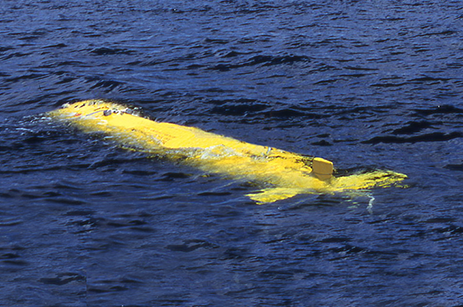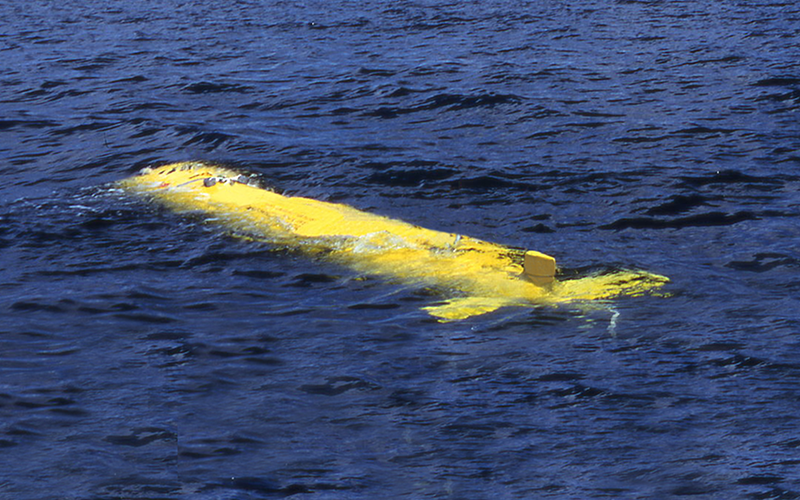
The development of Unmanned Underwater Vehicle (UUV) platforms is on the rise due to emerging mission requirements from global defense forces and the availability of Commercial-Off-The-Shelf (COTS) technologies already proven in unmanned aerial platform deployments.
Looking to develop a common reference system architecture for a new family of Larger Diameter UUVs (LDUUV), one system developer sought out Small Form Factor (SFF) Mission Processors, Network Switches, and Network Attached Storage (NAS) Line Replacement Units (LRU) for use in the development and production phases of their program. While the larger displacement design of this new class of UUV would enable more sensors and extend mission duration over its smaller predecessors, the demands of integrating a much larger overall electronics payload meant that hardware selection would be heavily influenced by their Size, Weight and Power (SWaP) footprint.

To support the various control, monitoring, and network functions of the platform architecture, the developer specified robust technical requirements for the mission computer and switch LRUs. The processor systems required low-power multi-core Intel CPU architectures with a large number of Ethernet, serial, and digital I/O interfaces together with a VxWorks RTOS. The managed Ethernet switches used to network the computers with onboard sensors and storage devices, required advanced Quality of Service (QoS) traffic prioritization and IEEE-1588 Precision Timing Protocol (PTP) support to enable time stamping with nanosecond accuracy.
To mitigate the risk of onboard mission data from the unattended UUV falling into unfriendly hands, the platform developer required a NAS device that could encrypt Data-At-Rest (DAR) to meet NSA guidelines. Moreover, the NAS device would need to support netbooting of network clients to reduce SWaP and maintenance.
The UUV design team sought to accelerate program integration and reduce overall risk by leveraging solutions previously tested and qualified to the extreme demands of MIL-STD-810G, MIL-STD-461, MIL-STD-704 and/or RTCA/ DO-160G standards for environmental, power, and EMI compliance.
Download the case study to learn more.